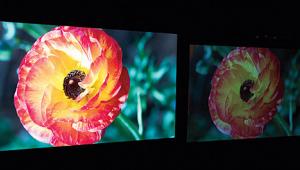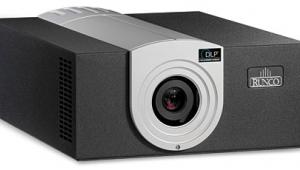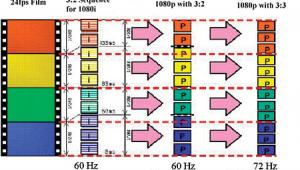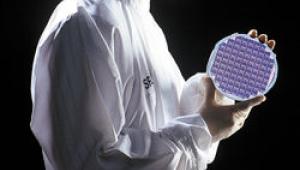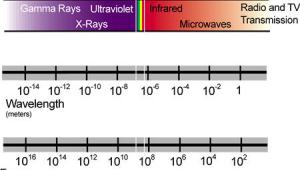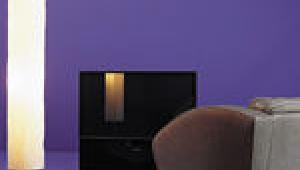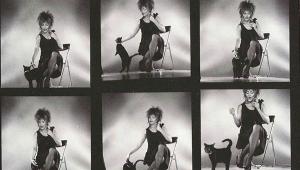Talking TV: Contrast Is More Than Just Black and White
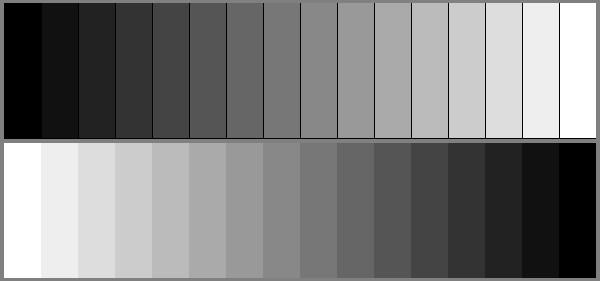
 You might be surprised to learn that there is more to contrast than just black and white. The intensity of color matters just as much. While the topic of black-white level has been explained in all its glorious intricacy by the best minds in the AV world, I prefer a more basic approach — one that makes sense to someone who doesn’t know lux from lumens.
You might be surprised to learn that there is more to contrast than just black and white. The intensity of color matters just as much. While the topic of black-white level has been explained in all its glorious intricacy by the best minds in the AV world, I prefer a more basic approach — one that makes sense to someone who doesn’t know lux from lumens.
To understand contrast and black-white levels, it helps to start with the three characteristics of any color:
Color Saturation – The intensity of a color. Think of a glass full of bright red paint. Now picture how it lightens (dilutes) when you add a drop of water to it. With every drop you add, the red becomes a shade lighter and less saturated. Put in more technical terms, color saturation is lower. The opposite is also true: The bright red we started with appears “more red” because color saturation is higher.
Hue – The full spectrum of colors the human eye can see: Red, Orange, Yellow, Green, Blue, Indigo, and Violet. This sequence is often described by the acronym ROYGBIV (a.k.a. Roy G. Biv).
Luminance – The brightness or darkness of an image, which is broken down into Tint (adding white to the color) and Shade (adding black to the color). Luminance is measured from the black-white dynamic range that occurs within the picture.
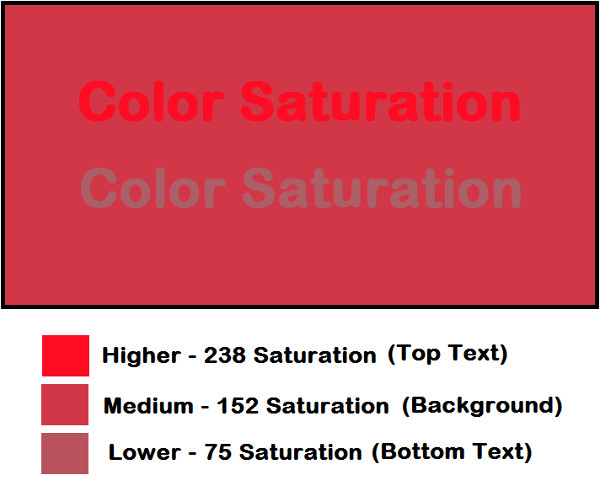
There is often confusion about the meaning of “contrast” and “black-white dynamic range” (a.k.a. “black level”). Contrast can describe the difference between lighter and darker portions of an image but that’s only part of the story. Although black-level dynamic range can enhance contrast, the same can be said about varying levels of color saturation — a more deeply saturated color will “contrast” with a lesser saturated color in the same spectrum as shown in the illustration above.
“Dynamic range” — which incorporates points of measurement between the purest white and deepest black — is the most important element of video calibration. Why? Because the human eye sees detail in black and white.
Color perception is a further visual enhancement but, without dynamic range, it is impossible to see the various textures and details in imagery that occur at either the lighter or darker ends of the spectrum. This is also commonly referred to as “black level.”

It’s worth noting that “true black” is not a color but the absence of light in the spectrum. For this reason, a video image can never be truly “black”; it can only present minimal color.
The human brain interprets various hues of color — ROYGBIV — based on the varying levels of Red, Green, and Blue (RGB) that are present.
In summary, while it’s easy to tell different colors apart from one another, there is more to contrast than just black and white. Intensity of color matters just as much.


